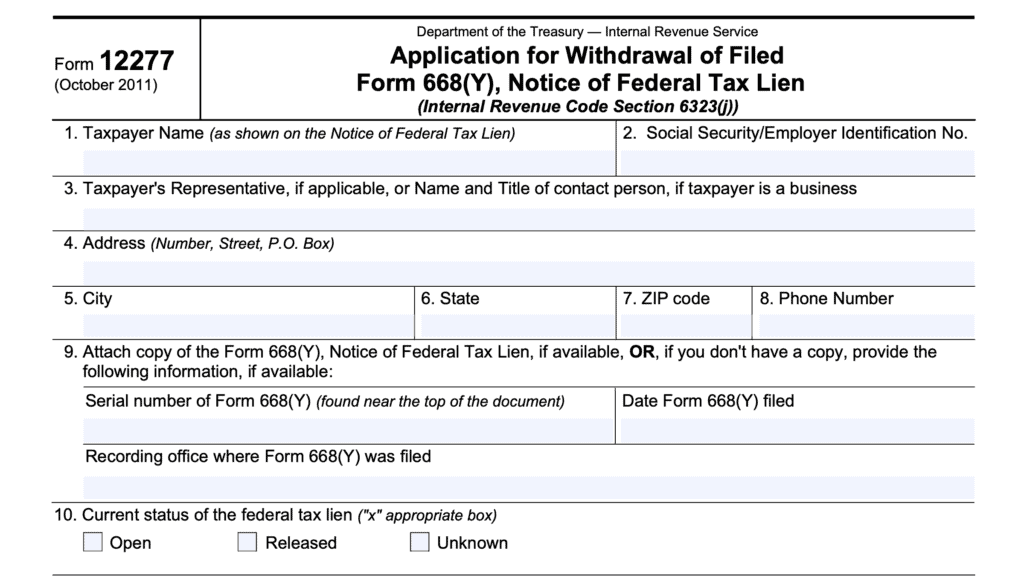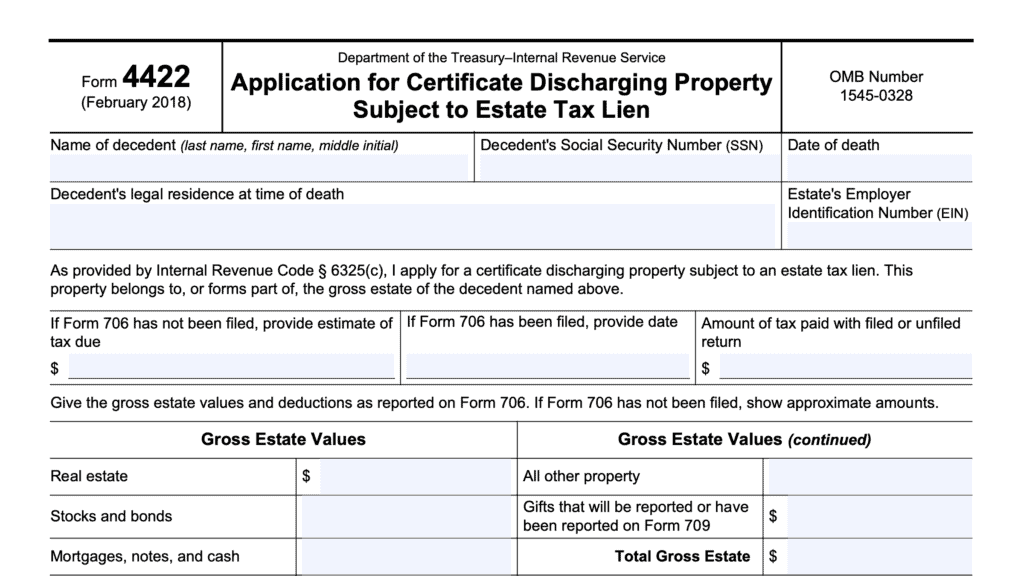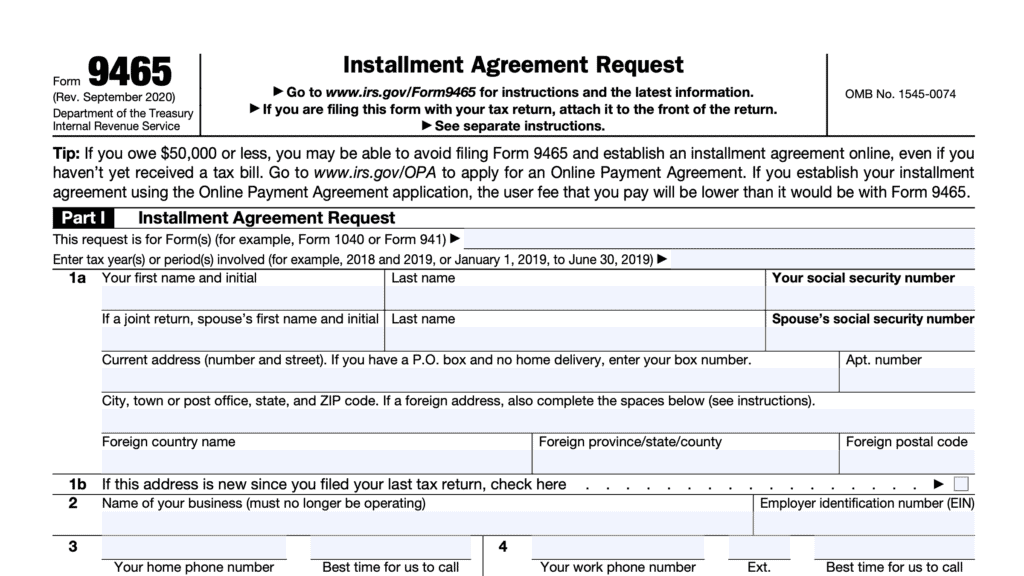IRS Form 9423 Instructions
If you’re reading this article, you probably are facing IRS collection actions for unpaid back taxes. In that case, you may request one of two types of administrative hearings from the Internal Revenue Service:
- Collection due process hearing, also known as a CDP hearing
- A hearing under the IRS Collection Appeals Program, known as a CAP hearing
This step-by-step guide will walk you through how to use IRS Form 9423 to request a CAP hearing from the IRS Independent Office of Appeals.
Let’s start with step by step guidance on completing this tax form.
Table of contents
How do I complete IRS Form 9423?
IRS Form 9423 is a relatively straightforward form to complete. It consists of 1 page, with 17 data fields for the taxpayer to complete.
We’ll go through this one-page IRS form step by step beginning with the taxpayer’s name in Block 1.
Block 1: Taxpayer name
Enter the name of the taxpayer here.
Block 2. Taxpayer representative, if applicable
If you have a representative, such as a certified public accountant, tax attorney, or enrolled agent, you may enter that person’s information in Block 2.
If you wish to have someone represent you during the collection appeals process, you must attach a copy of IRS Form 2848, Power of Attorney and Declaration of Representative. This is the form the IRS uses to recognize a taxpayer’s power of attorney designation..
Block 3. Social Security number
Enter your Social Security number in Block 3.
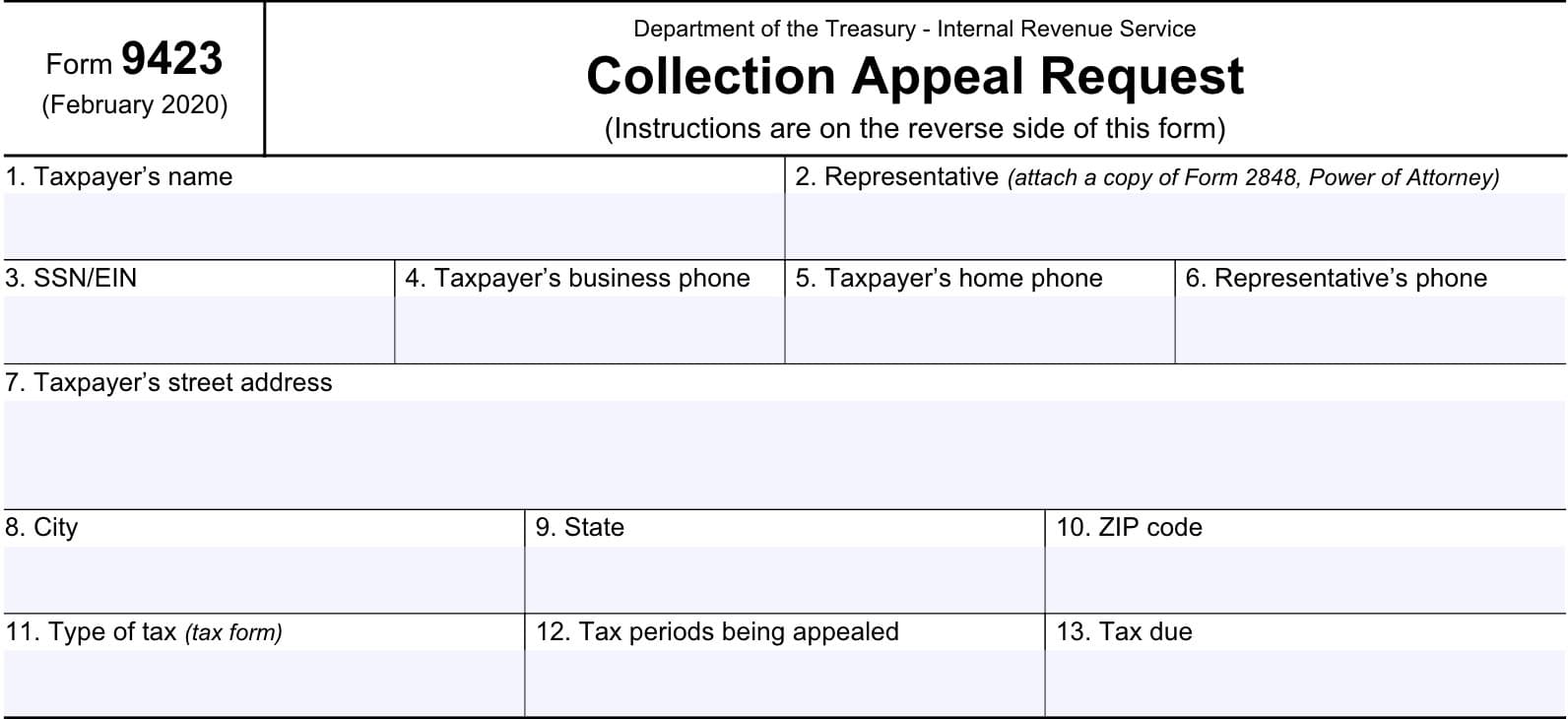
Block 4. Taxpayer’s business phone number
If applicable, enter your business phone number here.
Block 5. Taxpayer’s home phone number
List your home or cellular phone number in Block 5.
Block 6. Representative’s phone number
If you have appointed a representative during the CAP process, enter that person’s telephone number here.
Block 7. Taxpayer’s street address
Enter your street address in Block 7.
Change of address
If you’ve recently changed your address, you may consider filing one of the following tax forms to notify the IRS, depending on your situation:
Block 8. City
Enter the city you live in.
Block 9. State
Enter your state.
Block 10. Zip code
Enter your zip code.
11. Type of tax being appealed
What type of tax form?
Most individual taxpayers file their income tax return on IRS Form 1040. However, your tax professional should be able to fill this in accurately.
12. Tax periods being appealed
Are you appealing collections for more than one tax year or tax period? List all the tax years that apply to your underlying tax liability.
13. Tax due
List the amount of unpaid taxes due.
14. Collection action the taxpayer is appealing
Check one of the following collection actions:
- Federal tax lien
- Levy or proposed levy
- Seizure
- Rejection of installment agreement
- Termination of installment agreement
- Modification of installment agreement
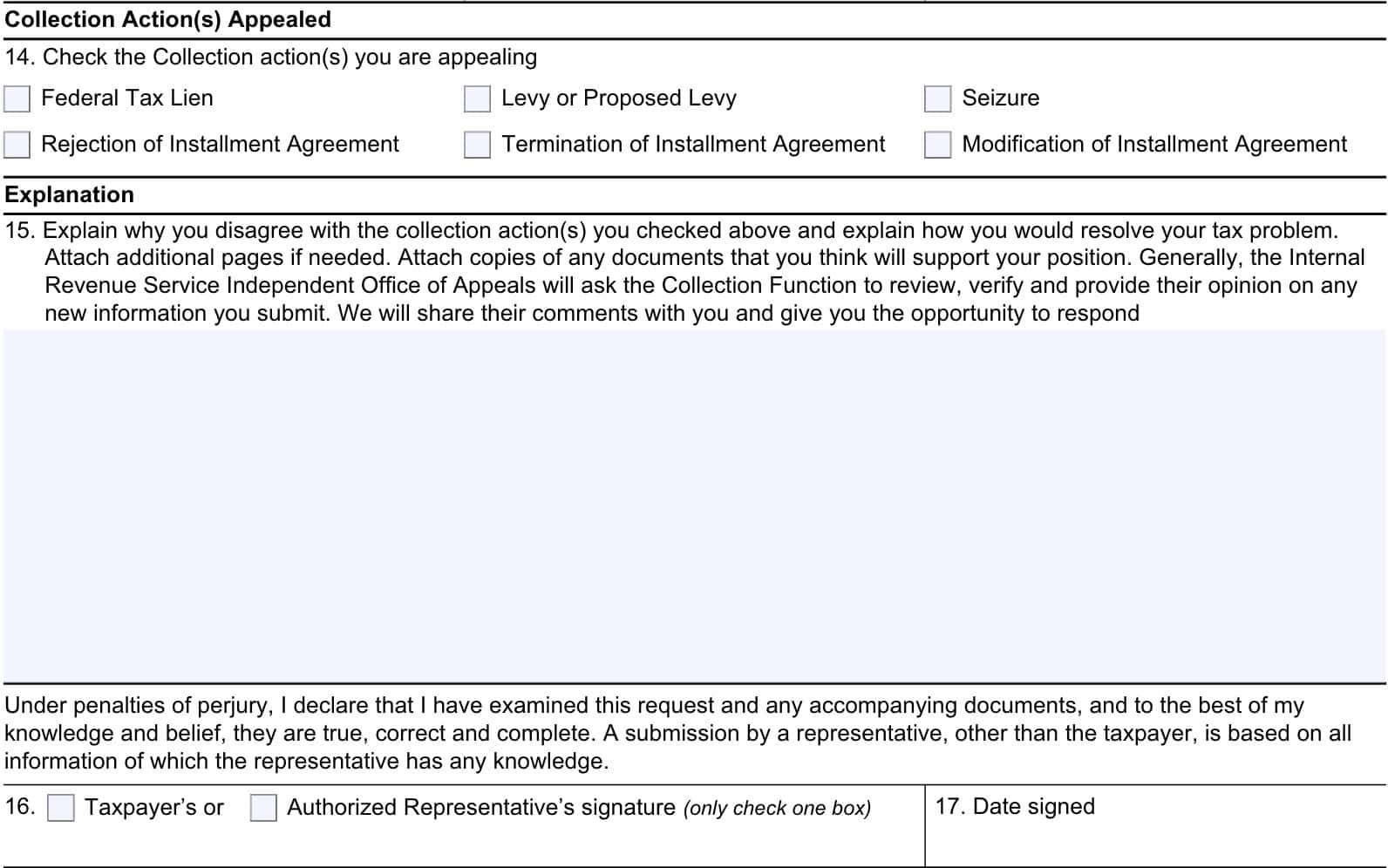
15. Explanation
This is probably where a good tax attorney will earn their money. Tax professionals who regularly deal with the CAP procedure will understand how to explain your situation to the appeals office.
Essentially, you need to:
- Explain why you disagree with the CAP decision
- Outline how you, the taxpayer, would resolve the tax problem to the IRS’ satisfaction
- Present additional information or documentation that support your argument
Generally, the Internal Revenue Service Independent Office of Appeals will ask the Collections Division to review, verify and provide their opinion on any new information you submit. However, as the taxpayer, you will have an opportunity to respond.
Requesting a conference
If previously requested a conference but did not hear from a manager or any other IRS employee, you submit Form 9423. When doing so, note the date of your request for a conference in Block 15 and indicate that you were not contacted by a manager.
The completed Form 9423 should be received or postmarked within four (4) business days of your request for a conference. Otherwise, the IRS may resume any tax collection activity.
16. Taxpayer signature
If someone is acting as your power of attorney, then their signature goes here. If you have appointed a representative, you need to ensure that their Form 2848 is attached to your appeal request.
Otherwise, you must appear with your representative at any collection hearing, appeals conference, or other meeting with IRS officials.
17. Date
Date you file your appeal request.
When do you use Form 9423?
There are some situations where you should file IRS Form 9423, particularly if you’ve already been in communication with the IRS and are appealing certain IRS actions that are being taken.
Let’s take a closer look at some of the actions identified in Block 14.
Notice of federal tax lien
If you disagree with a federal tax lien or a proposed tax lien, then you may use this form to initiate a CAP appeal. According to the Form 9423 instructions, a taxpayer must request a managerial conference with the revenue officer and his or her supervisor.
After the conference, the IRS requests that you notify the collection manager within 2 business days of the conference if you intend to continue with the CAP process. Further collection action may resume if the completed form 9423 is not received or postmarked within 3 business days of the conference.
If you request a managerial conference but no one responds, please annotate that on the form, in Block 15.
Levy or proposed levy
If you’ve received a levy notice, you may use this form to appeal. The process is the same as with a notice of federal tax lien. The IRS will suspend enforcement action for the duration of the appeal.
This YouTube video walks through the type of levy notice that a taxpayer may receive as part of a notice of intent to levy property (in this case, the taxpayer’s state tax refund).
Property seizure
Taxpayers may file this form to appeal the seizure of property, such as wage garnishment. Also, a taxpayer may file this form if appealing a disallowed request for the return of seized property. An injured third party may also use this form.
Rejection, modification, or termination of an installment agreement request
You may appeal an IRS decision regarding a proposed installment agreement. The IRS will suspend enforcement action for the duration of this appeal.
Video walkthrough
Watch this educational video to learn more about filing your collection appeal request with IRS Form 9423.
Frequently asked questions
You can learn more about your appeal rights and the IRS’ Collection Appeal Program from IRS Publication 594, The IRS Collection Process, and IRS Publication 1660, Collection Appeal Rights.
The form instructions state that once the IRS appeals office makes a decision, it is considered binding on the taxpayer and the IRS. However, there are limited circumstances in which a taxpayer may be able to present information for consideration in tax court. IRS Publication 4528 contains more details.
IRS Form 9423, Collection Appeal Request, is the tax form that a taxpayer may use to appeal an IRS decision on collection action or proposed collection action. Once received by the IRS Office of Appeals, the IRS will suspend collection action for the duration of the appeals process.
Where can I get a copy of Form 9423?
You can get a copy of this form from the IRS website or download a copy here.
Related tax articles
This tax form is one of the fillable tax forms provided by the Internal Revenue Service, to help taxpayers reduce their tax preparation costs. To see more forms like this, visit our free fillable tax forms page, where you’ll also find articles like this.
Unlike the IRS, our articles contain step by step instructions for each tax form, as well as video walkthroughs. You can also check out all of our videos by subscribing to our YouTube channel!



